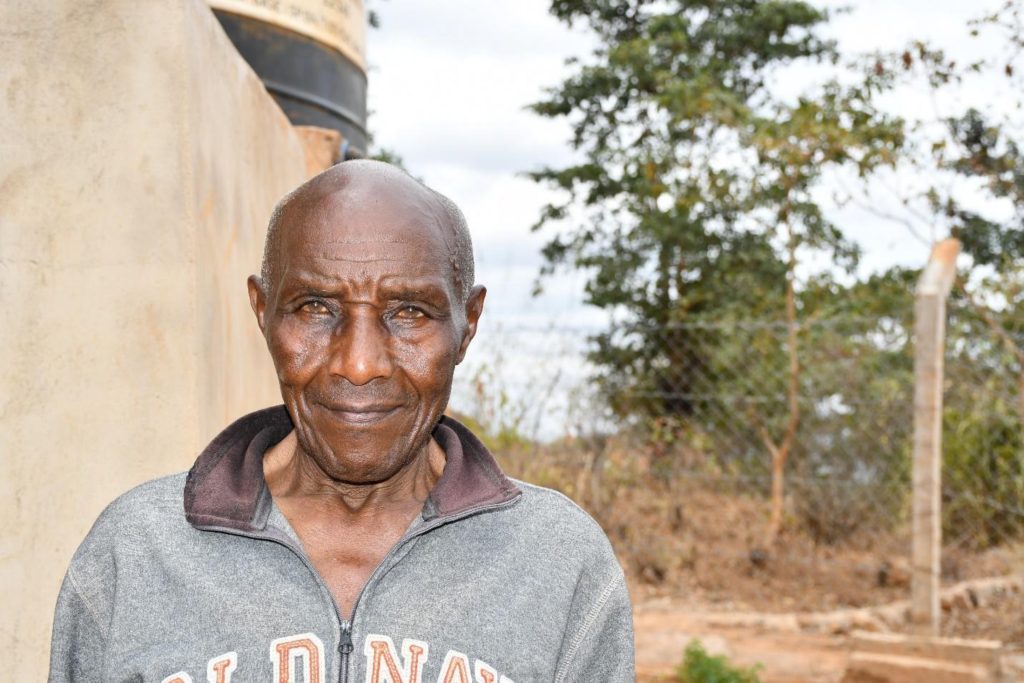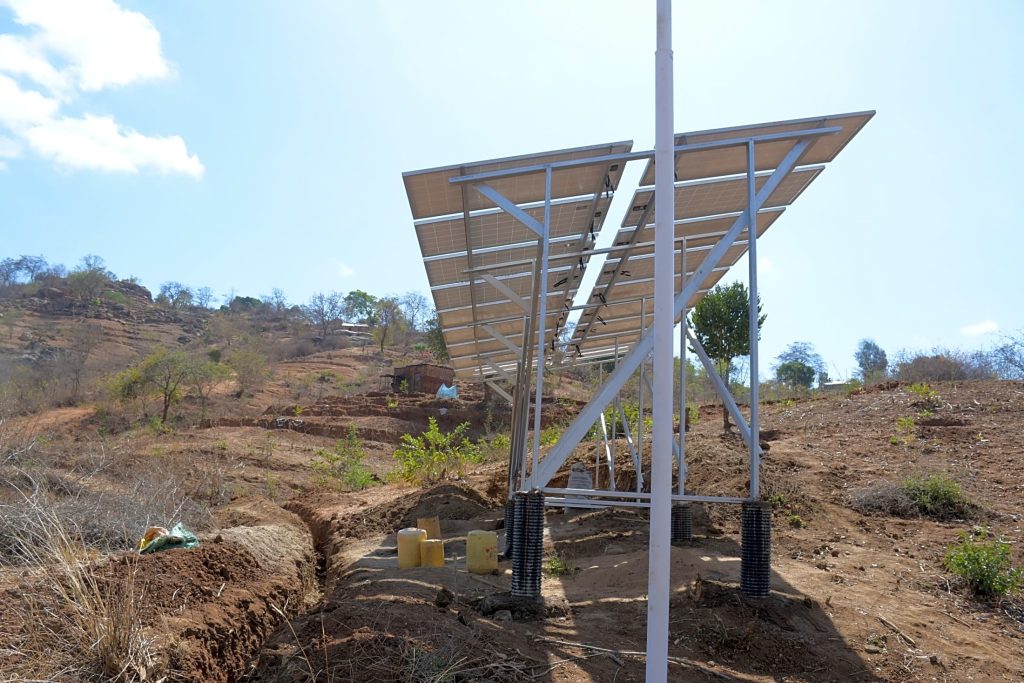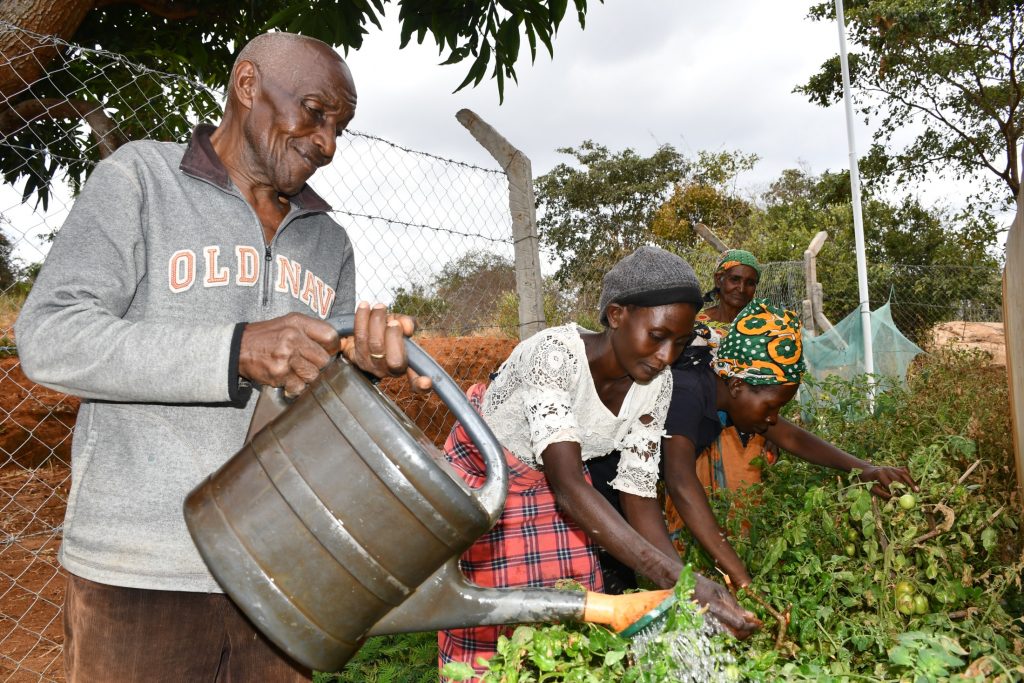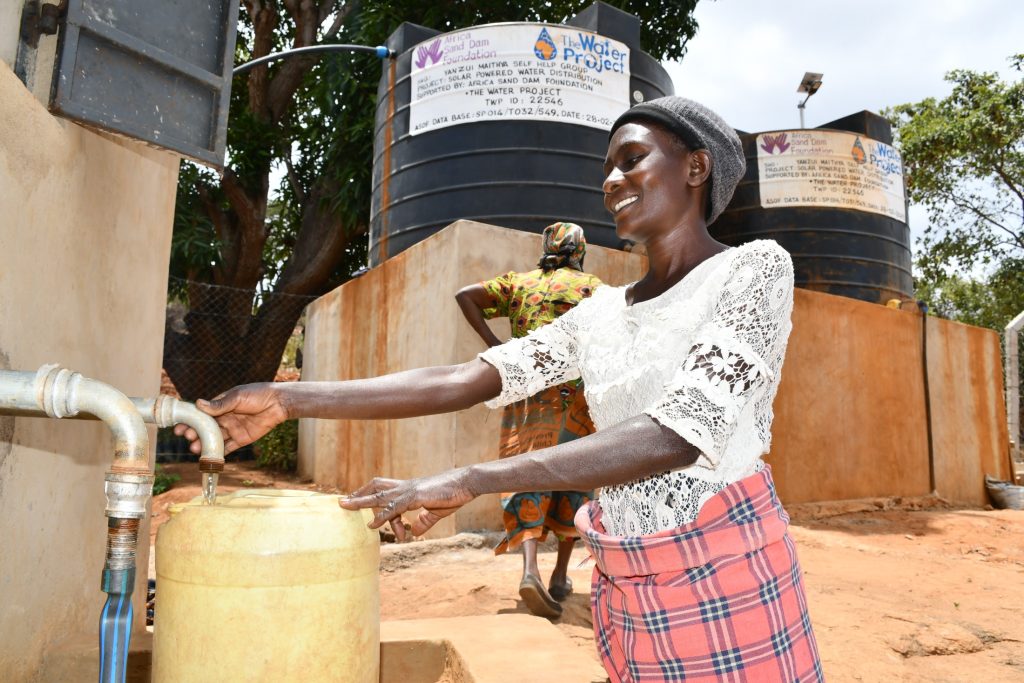From Water Scarcity to Abundance: How Solar Technology Enabled a Community That Once Suffered Without Water to Sell It for Profit
In the past, The Water Project has ventured into solar-powered water sources in both Southeast Kenya and Sierra Leone. Now, seeing the incredible impact of solar projects on communities where water used to be miles away, we’re researching how to incorporate solar technology into more of our projects in the future.
“Piped water can be the best option to provide reliable coverage within our focus areas that face the challenges of high demand and long seasons without rain,” said Spencer Bogle, Director of Programs at The Water Project.
To show you how exciting this technology really is, we thought we’d share just one example of its incredible impact: the continuing story of a solar-powered water kiosk we installed earlier this year in Ngongo Community in Southeast Kenya.
“Women used to walk several kilometers to River Mbooni to seek water, and often, the long queues at the only water points in the region would mean you could waste the whole day waiting,” said Rachael Muthanja, 38, a resident of Kathumbi village in Kenya. “This meant chores at home would remain undone, resulting in other challenges.”
“I have been used to sending my children and my wife to fetch water,” said Samuel Maithya, 70, the community self-help group’s treasurer. “They’d complain of the long treks, but I couldn’t do a thing about it.”

“Households with travel times greater than 30 minutes have been shown to collect progressively less water. Limited water availability may also reduce the amount of water that is used for hygiene in the household.”
(The Relationship between Distance to Water Source and Moderate-to-Severe Diarrhea in the Global Enterics Multi-Center Study in Kenya, 2008–2011) – American Journal of Tropical Science and Medicine
But now, things have changed.
“The availability of solar-powered water pumps has had a life-changing effect on rural communities in Kenya, providing clean drinking water while eliminating hardships, health hazards, and habits that contribute to climate change,” said Communications Officer Titus Mbithi from our Southeast Kenya team. “The solar pipeline water project in the region has made these hardships a thing of the past.”
The solar pipeline in Ngongo ferries water from the group’s maturing sand dam through a network of underground pipes.

This brings the water closer to 70 faraway households who used to walk multiple kilometers to fetch water. Now, the water is much easier to collect, saving everyone in the community time — and giving them a brand new income-generating opportunity.
Even with only a few months of accessible, reliable water in the books, this self-help group is already saving money, time, and energy, even as they expand their thriving farms.

“Thank God for remembering us, and the people who have made the completion of this water project here possible,” Rachael said. “We really had to trek for very long to fetch water, about five kilometers. Now, I enjoy fetching water from the water kiosk. I take only ten minutes to get water.”

“I am [a] very grateful man,” Samuel said. “My community now has plenty of water, which we don’t walk for long to fetch. We sell the water from our kiosk, and currently, we have banked Ksh 25,000, [with] which we are planning to do projects to boost our group.”
In the past, we’ve heard of self-help groups using extra funds to help build or improve community latrines, invest in starting local businesses, or even to give loans to group members for building houses or attending school. Whatever this group chooses for their own development, we at The Water Project are just happy to see so many people thriving with their new water access. This is part of why we’re hoping to expand our solar project output in the future.
“We are actively looking at the best way to integrate solar piped water access into our Western Kenya and Uganda programs,” Director of Programs Spencer Bogle said.
“This requires research and planning beyond just installing quality hardware. In order for solar piped water to be sustainable, we want to ensure that there will be sufficient groundwater resources to sustain the demand of current and future populations. We also want to ensure that communities have access to the resources needed for repairs when these larger systems break down. Solar panels and electrical pumps can be expensive, and may require more money and technical capacity to fix than simpler systems. One option is to sell the piped water at an affordable cost, ensuring that funds are available to pay for the repairs when something goes wrong.”
And that’s just what the Ngongo community members did!
At The Water Project, we’re currently working hard behind the scenes to get our 2024 projects listed on our website for donors to fund. We are hoping to offer another Southeast Kenya solar project that will offer people who live in sparsely populated areas the health and wealth benefits of safe, reliable water.
We hope you’ll come along with us as we explore more solar projects in the future!
Home More Like ThisTweet